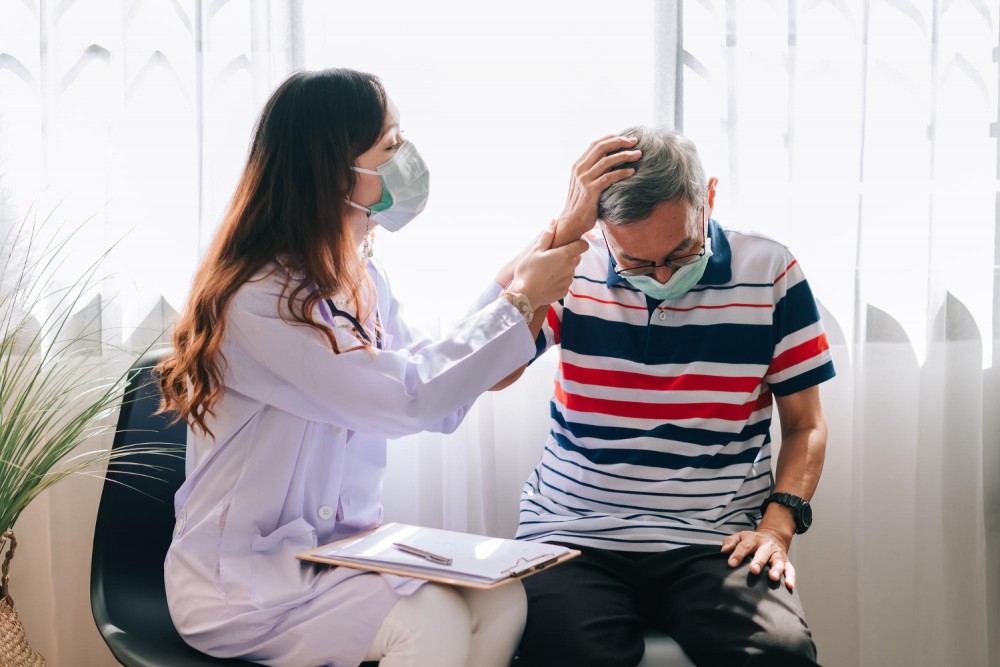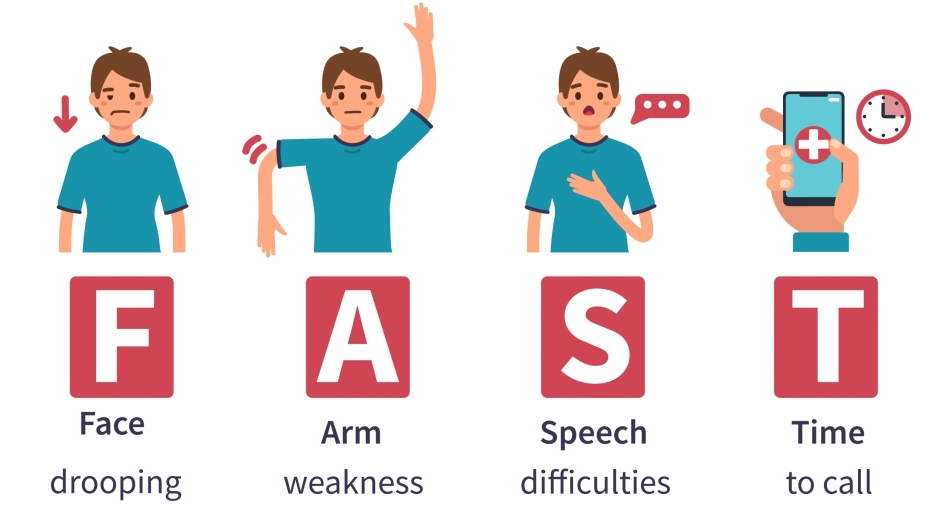
Your health and safety matter — not just to you and your loved ones, but to all of us at HTM Pharmacy. That is why we are here to shed light on one of the most serious — and yet widely misunderstood — medical emergencies: stroke.
Every year, strokes affect millions of lives around the world, often striking without warning. But here is the surprising truth: many strokes are preventable, and when recognized early, immediate action can make all the difference between full recovery and long-term disability.
Despite its impact, there is still a lot of confusion about what a stroke actually is, who is at risk, and what to do when symptoms appear. Misconceptions can delay treatment — and when it comes to stroke, every second counts.
A stroke occurs when the blood flow to part of the brain is blocked or interrupted, depriving brain tissue of oxygen. This can be caused by a blocked artery (ischemic stroke) or bleeding in the brain (hemorrhagic stroke).
When a stroke happens, every second counts — quick action can save lives and reduce long-term damage.
Myth 1: Stroke only happens to older people
Fact: Strokes can happen at any age. High blood pressure, smoking, and poor lifestyle choices can increase risk — even in young adults.
Myth 2: Stroke is always painful
Fact: Most strokes are not painful. Look for sudden signs like confusion, slurred speech, or one-sided weakness.
Myth 3: If symptoms go away, it is nothing serious
Fact: Even if symptoms disappear, it could be a mini-stroke (TIA) — a warning sign of a future major stroke. Seek medical attention immediately.
Myth 4: Stroke cannot be prevented
Fact: Up to 80% of strokes are preventable with healthy habits and routine health checks.
Myth 5: Recovery only happens in the first few months
Fact: With proper rehab and support, stroke survivors can continue to improve for years.
Know the Warning Signs – Act FAST
Use the F.A.S.T. acronym to remember stroke symptoms:
If you see these signs in yourself or someone else, call emergency services immediately.

Stroke prevention starts with small, everyday choices. Here is what you can do:
Recovery after a stroke depends on the type and severity, but early rehabilitation is key. Support often includes:
Our pharmacists can guide you on managing medication, monitoring blood pressure, and making healthier lifestyle choices to support both prevention and recovery.
Visit us at HTM PHARMACY to speak with our friendly healthcare team. Whether you need help checking your blood pressure, understanding your medications, or just want to talk about stroke prevention — we are here for you.
Subscribe for our latest news and be the first to know about our offers.